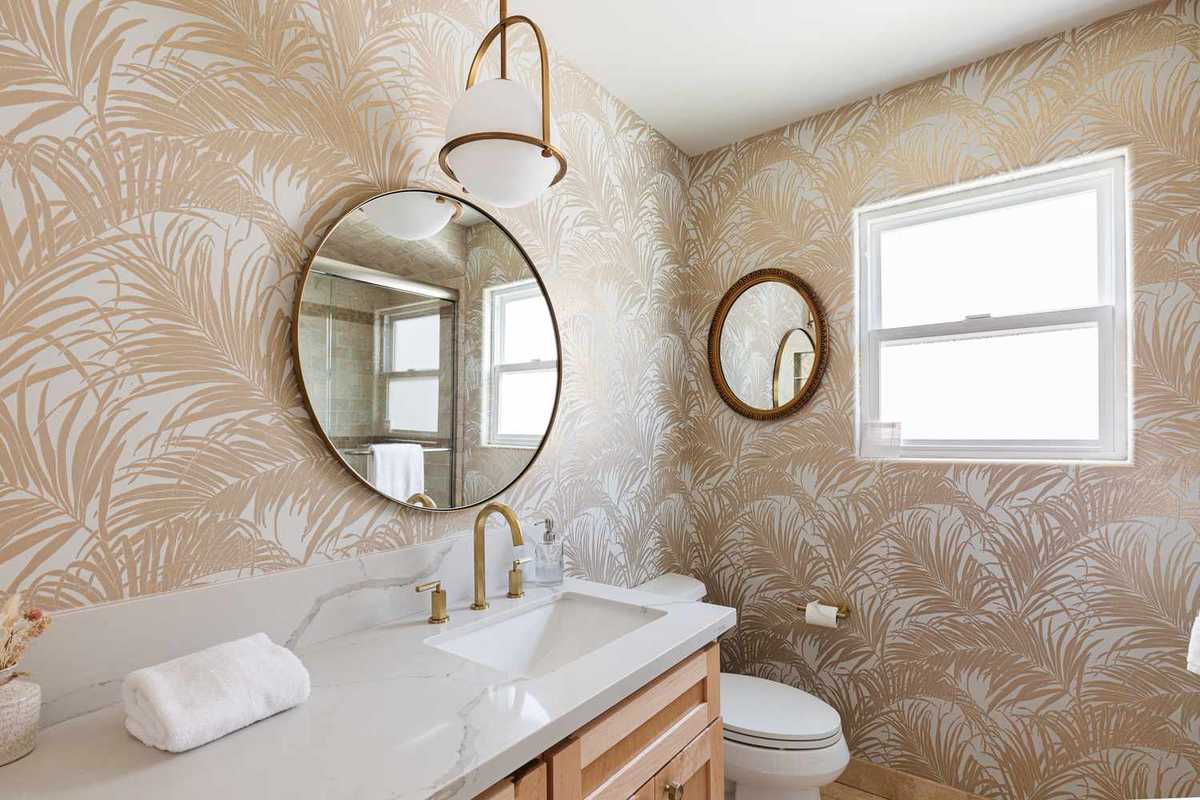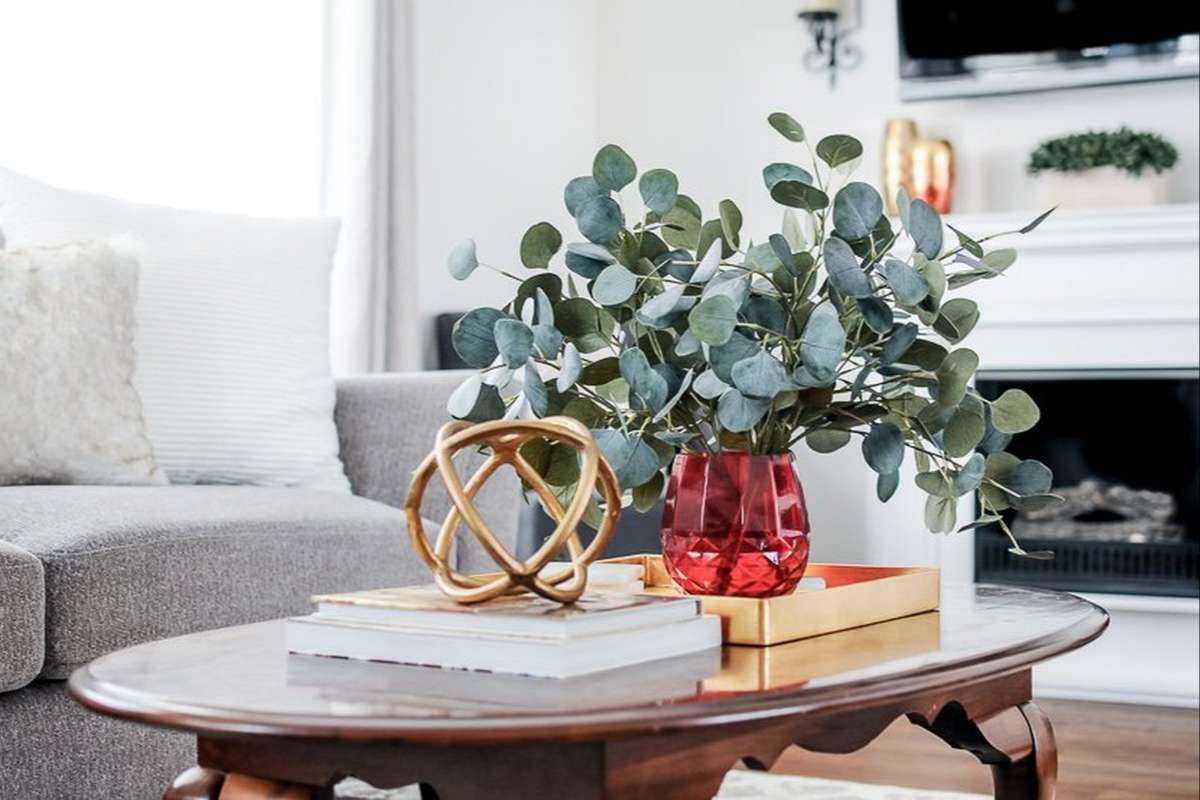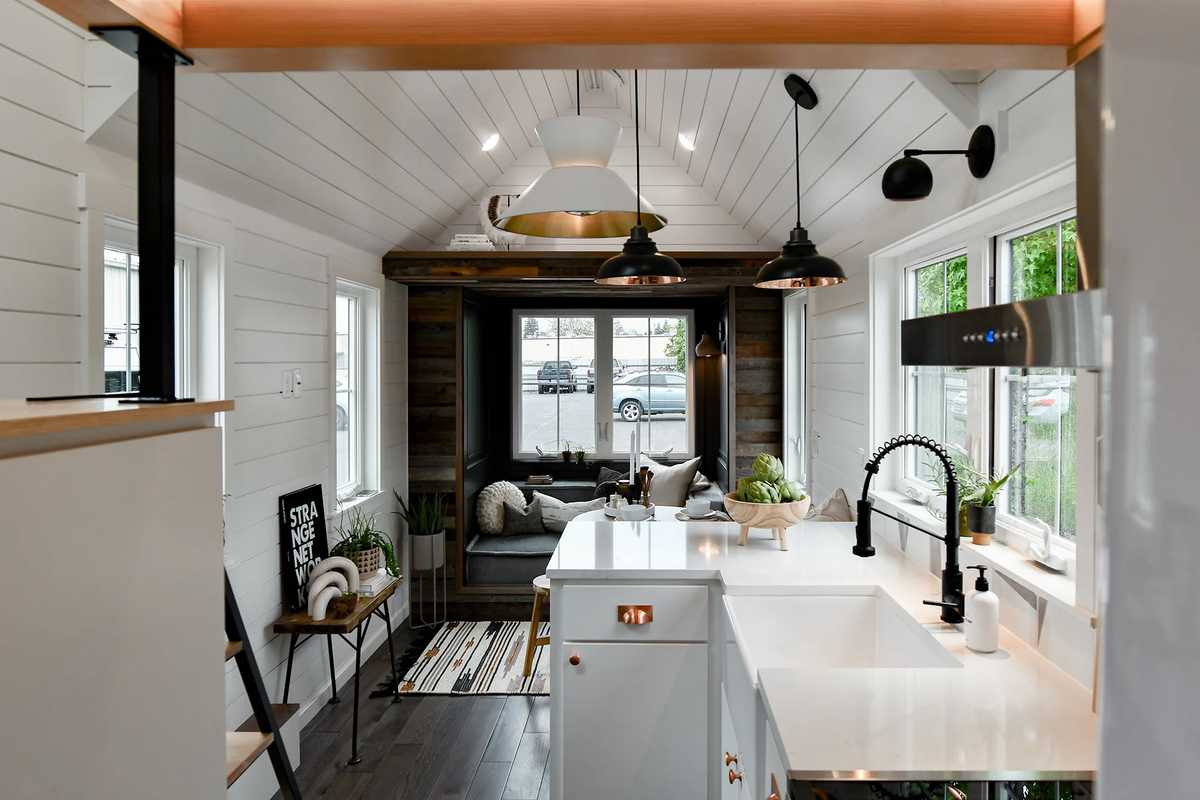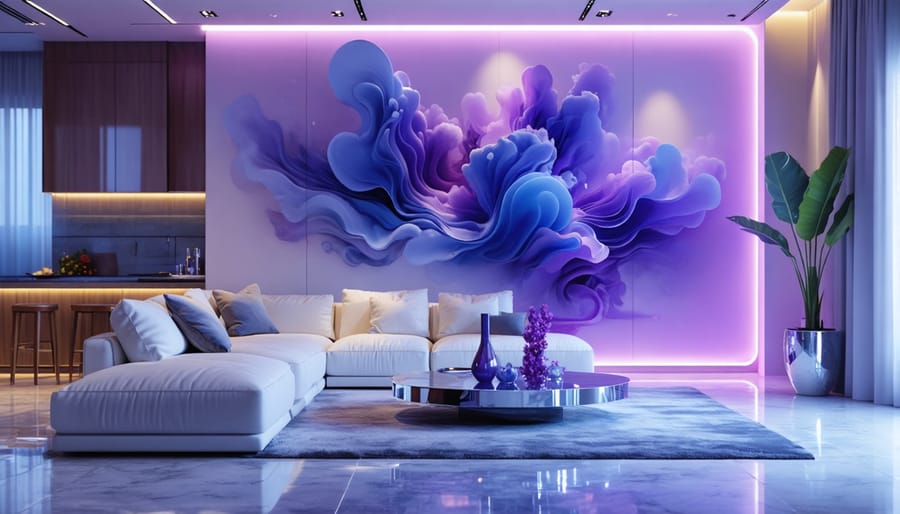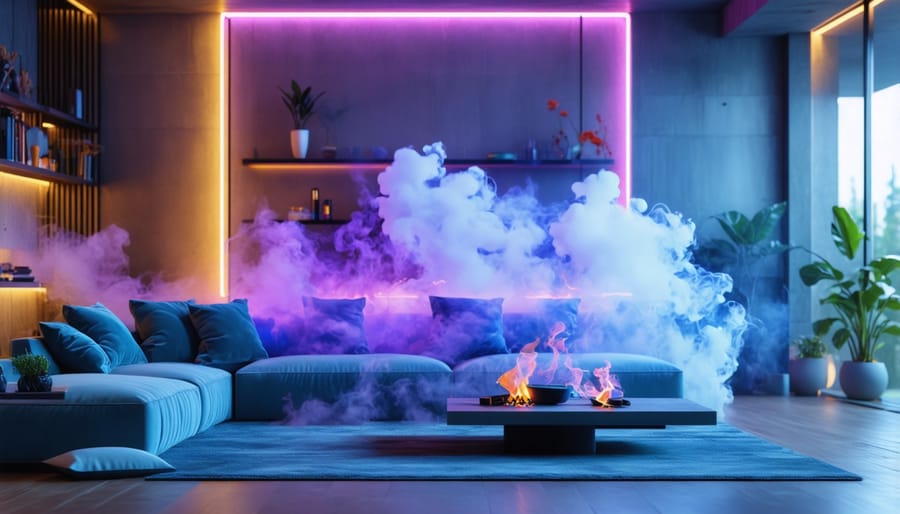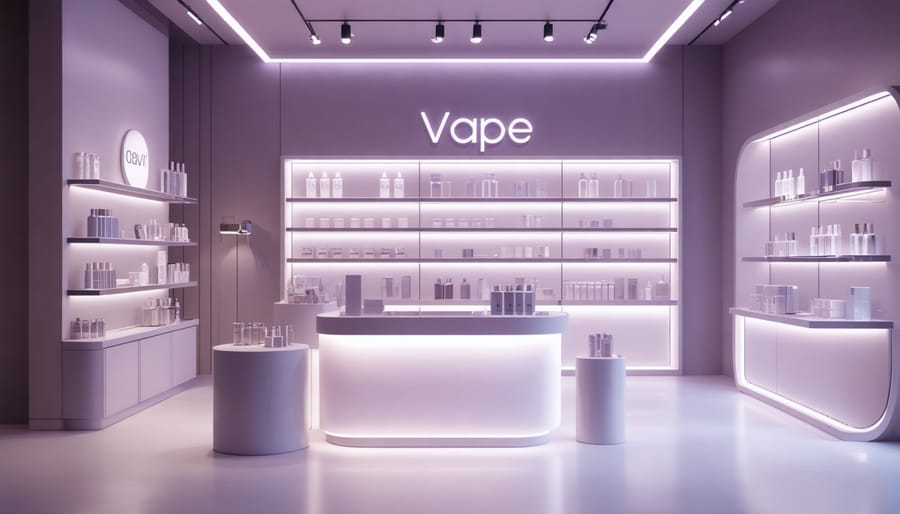Revitalize Your Home: How CBD Gummies Spark Wellness-Inspired Interior Design
Transform your home into a sanctuary of wellness by embracing interior design inspired by the calming effects of self-care rituals. Incorporate natural elements, soothing color palettes that evoke tranquility, and consider integrating wellness products like Delta 9 gummies by Exhale to enrich your environment and promote mindfulness. Introduce aromatherapy through scented candles or diffusers to enhance relaxation and reduce stress. Utilize multi-functional furniture and open spaces to promote flexibility and ease within your living area. Prioritize natural light and ventilation to foster health and vitality, ensuring each space supports your well-being goals.
The Connection between CBD Gummies and Interior Design
Understanding CBD Gummies and Their Benefits
CBD gummies, with their delightful flavors and calming effects, offer more than just a sweet indulgence—they are a gateway to enhanced mental wellness. Infused with cannabidiol (CBD), these gummies are celebrated for their ability to help reduce stress and promote relaxation, making them a perfect companion for anyone looking to add more serenity to their daily routine. In the context of wellness-inspired interior design, the journey begins with understanding the mind’s need for peace.
Imagine your home as a sanctuary where each space echoes tranquility. By incorporating elements that resonate with these calming vibes—like soft lighting, soothing colors, and natural materials—your interiors can reflect the peaceful energies often associated with CBD. This transformation doesn’t need a hefty budget. Simple changes, inspired by the tranquility achieved through CBD, can provide a profound impact on your living space, offering you a retreat where calmness meets creativity, and stress takes a back seat.
Incorporating Wellness Benefits into Home Design
Exploring the soothing effects of CBD gummies can lead to some exciting inspirations for wellness-focused interior design. These natural supplements are said to promote relaxation and reduce stress, sparking ideas about how to create a tranquil home environment. Imagine infusing your living space with calm-inducing colors like soft blues, greens, and neutrals, reminiscent of the gentle calmness brought on by CBD. Pair these tones with plush textures—think cozy throws and natural fiber rugs—to mimic the comforting, stress-free aura CBD is known for. Consider lighting options that cast a warm glow, similar to the serene ease one might feel after enjoying a CBD gummy. Decluttering and adding elements like plants can further translate the relaxation benefits of CBD into your home. This holistic approach ensures your living space becomes a haven of tranquility, offering mental wellness right at home while keeping the design charmingly accessible and budget-friendly.
Key Elements of Wellness-Inspired Design
Color and Lighting Choices
Choosing the right colors and lighting can profoundly impact your well-being, creating a sanctuary in your home that feels like a retreat from the hustle and bustle of everyday life. Soft, muted shades, such as pastel blues, gentle greens, and warm neutrals, evoke a sense of calm and relaxation, inspired by the serene effects similar to those noted with CBD gummies. These colors can lower stress levels and boost your mood, making them ideal for living spaces where you unwind. When it comes to lighting, opt for adjustable fixtures that allow you to shift from bright, energizing daylight to soothing warm tones as the evening sets in. Strategically placed lamps with dimmers can recreate the comforting vibes of a sunset, helping to ease you into a restful state. Embrace natural light as much as possible to maintain a connection with the outdoors, promoting a harmonious balance that enhances your overall mental wellness. By thoughtfully selecting colors and lighting, you can transform your home into a holistic haven that supports your well-being.

Using Natural and Sustainable Materials
Bringing natural and sustainable materials into your home isn’t just a trend; it’s a pathway to wellness that transforms your living space into a sanctuary of calm and health. Imagine your home filled with the earthy warmth of wood, the softness of organic cotton, or the soothing touch of bamboo. Using these materials can significantly enhance your well-being by reducing exposure to chemicals often found in synthetic products, thus creating a healthier indoor environment. It’s the same principle that inspires us to find serenity in nature, harnessed directly into your living room. Incorporating natural design elements offers more than aesthetic appeal—it wraps you in a hug of tranquility and mental clarity. Embracing these choices not only promotes a healthier planète but also encourages mindfulness within your space, transforming everyday living into a nourishing, life-enhancing experience. Opt for sustainable materials and watch your home become a canvas of wellness.
Mindful Furniture Selection
Choosing furniture for a wellness-inspired space means thinking about comfort, functionality, and the calming effect each piece brings to your home. Start by prioritizing furniture that promotes relaxation and supports a tranquil environment. Look for pieces with natural materials, soft textures, and ergonomic designs that encourage mindfulness and ease. Consider modular options that adapt to your needs, offering flexibility and freedom in your design. Pay attention to color, opting for soothing, earthy tones that enhance serenity. Remember, each element should contribute to a harmonious balance, nurturing not only your physical comfort but also your mental well-being, inspiring a peaceful retreat at home.
Practical Steps for a Wellness-Centric Home Makeover
Start Small: Room-by-Room Guide
Transforming your home can start small, one room at a time, focusing on mental well-being. Begin with the living room, the heart of your home. Incorporate calming colors such as soft blues or warm earth tones to create a serene atmosphere. Add cozy textures through cushions and throws for tactile comfort, and include plants to purify the air and enhance relaxation. Check out these styling tips to make your space uniquely yours.
In the bedroom, prioritize comfort and tranquility. Invest in quality bedding and blackout curtains to improve your sleep environment. Consider introducing a diffuser with calming essential oils as part of your nightly routine to further unwind.
In the kitchen, maintain an organized space by decluttering countertops and storing items in a functional yet stylish manner. This not only makes daily tasks easier but also reduces stress, fostering a sense of mindfulness in your culinary activities. By tackling one room at a time, you can cultivate a home that supports your mental health and well-being.
Integrating CBD and Wellness Rituals into Spaces
Transforming your home into a wellness haven can be as simple as integrating CBD and calming rituals into your daily life through thoughtful design choices. Start by creating a dedicated relaxation corner in your living area, where you can unwind with a CBD gummy and a good book. Opt for soft lighting and comfortable seating, like a plush armchair or a bean bag, to make the space inviting and cozy. Incorporate soothing colors such as pale blues or greens, which can enhance the calming effects of CBD. Additionally, consider a small table for a diffuser, offering your favorite essential oils to create a tranquil ambiance. Accessories such as gentle throw blankets and natural textures can further elevate the peaceful vibe. Integrating these elements encourages mindfulness and a stress-free environment, promoting overall wellness and harmony in your home. Embrace this accessible and affordable approach to design, and watch your everyday living space transform into a sanctuary of serenity.
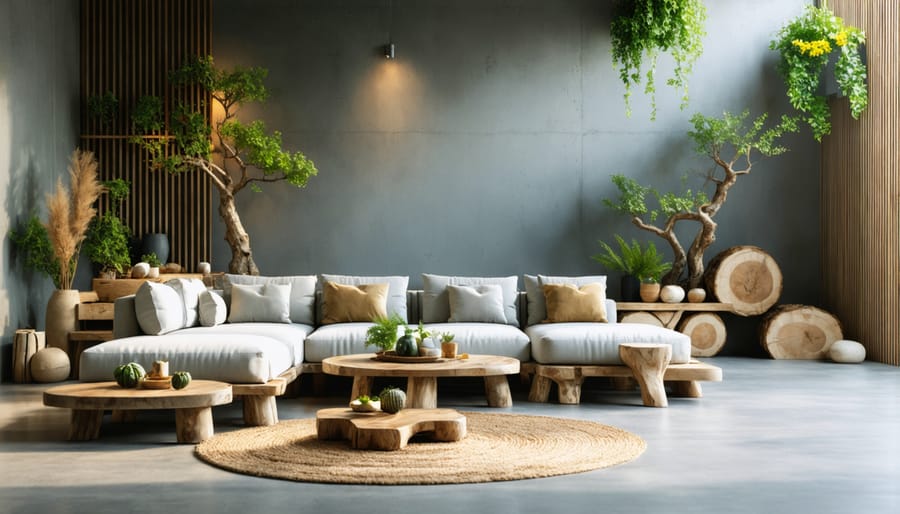
Virtual Design Consultations: Making Wellness Design Accessible
Virtual design consultations open up a world of possibilities for creating wellness-inspired interiors right from the comfort of your home. Imagine having access to expert advice and design inspirations that harmonize with your lifestyle, all without stepping outside. This modern approach merges convenience with creativity, allowing you to tailor your space for ultimate tranquility and functionality.
Whether you’re a homeowner longing for a soothing retreat or a renter aiming for a quick refresh, these consultations bring professional insights directly to your fingertips. This means you can easily incorporate elements that promote relaxation and mindfulness, like calming color palettes, nature-inspired decor, and strategic lighting, all while respecting your budget.
The beauty of virtual design services is their flexibility and personalization. Designers can walk you through recommendations via video calls, email, or even interactive 3D tools, making it an adaptable experience that suits your schedule and needs. Plus, by sparing travel and minimizing overhead, you often benefit from more affordable rates, proving that style and serenity don’t have to break the bank. Embrace the ease and empowerment of virtual consultations to transform your living space into a haven of wellness and balance.
Conclusion
Wellness-inspired interior design is all about creating spaces that nurture your mind and body, elevating the everyday living experience. By incorporating natural elements, soothing colors, and harmonious layouts, you’re able to craft an environment that promotes relaxation and healing. Adding CBD products, such as gummies, can further enhance this nurturing atmosphere by supporting stress relief and mental clarity. Imagine enjoying the calm that comes from a well-ordered space while also benefiting from the holistic wellness properties of CBD.
For homeowners and renters seeking to revitalize their spaces affordably, consider innovative design solutions that reflect your personal style and well-being goals. From arranging furniture for optimal flow to integrating biophilic elements like plants and natural light, each step you take towards a wellness-focused interior is a step towards improved quality of life. Embrace this accessible and inspired approach to home design and see how a few mindful choices can transform your environment into a sanctuary of peace and positivity.






